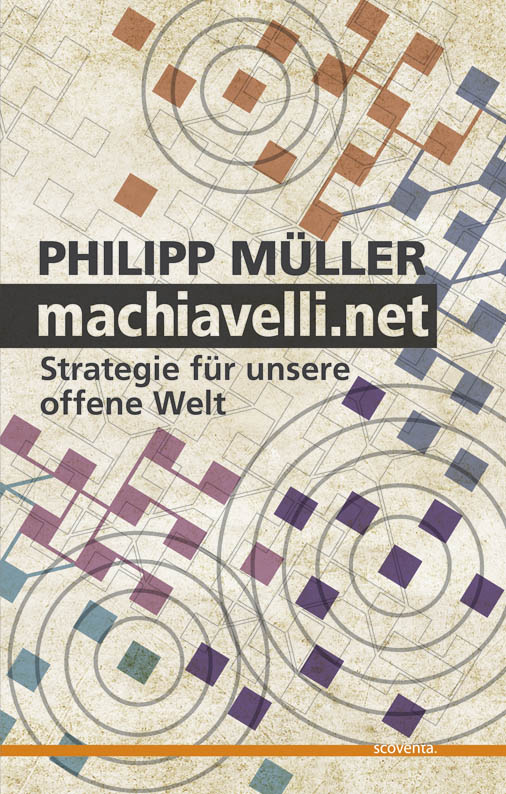Power-Shift or Media-Shift? The Twitter Revolutions in Iran, Tunisia, and Egypt
Are we observing a tectonic change in the Arab world, parallel only to the revolutions in Central and Eastern Europe 1990? Are Facebook and Twitter the equivalent of the levee en masse in post-revolutionary France? Or is Egypt’s just-in-time Internet blocking working?
The Egyptian, Tunesian, and Iranian protesters were not the first to utilize social media to organize and amplify their voices. During the French riots in 2005, in the Zimbabwean opposition uprising in 2008, in the Greek protests in late 2008 and during the youth riots in Budapest 2006, social media played important roles. In the Ukrainian 2004 Orange Revolution, flashmobs, organized online, contributed to the revolution’s success. During the Greek riots, Twitter was used massively. And a first reading of the case seems to suggest that the spread of sympathy worldwide among the Internet community triggered protests in many European cities. The impact on the international level has caused scholars to speak about the rise of a new global phenomenon: the “networked protest,” a phenomenon for which the Internet is valued as being crucial for its occurrence. Social networking technologies are involved in many of today’s social movements and seem to transform traditional modes of protest politics. Many-to-many media enable a new form of collective action never observed before.
One-to-Many and Many-to-Many
What makes the decisive difference between traditional mass-media and networked social media is the logic at work. Traditional Western mass media is exclusively broadcast media, i.e., one-to-many media, where direct feedback is impossible. In many-to-many media, the emitter and the recipient coincide. This theoretically allows the empowerment of new social actors. But it is more complicated, as media production in a networked realm is malleable: It can include “information broadcasting,” i.e., sent from one-to-many (e.g., blogging, micro-blogging such as Twitter), it can be a “conversation” between many (a forum or social networking), or it can be a “project” that is collaboratively produced by many only to thereafter be broadcast (Wikipedia, Indymedia, Ushahidi). The difference between “conversations” and “projects” is that socially produced conversations are not purposeful in the sense of generating a common output, while collaborative production concentrates on the output of the collaboration. The latter two are naturally exclusive to many-to-many media, as social actors within the network produce media for other social actors within the network, while broadcasting can take place on many-to-many or one-to-many platforms (television, radio, print).
Does it Change the Powerscape?
What is missing in existing studies of the revolutionary potential of many-to-many is a persuasive framework to describe the interplay between traditional media, social media and power relations in society. In an article under review at Oxford Internet Policy Journal, Sophie van Hüllen and I argue that there are two possible heuristics: The power-shift and the media-shift hypothesis.
The Power-Shift Hypothesis
The power-shift hypothesis assumes that many-to-many media will empower actors successfully utilizing social media. The notion of power itself is, in reference to Max Weber’s definition, understood as the ability of a social actor to enforce her will, even against the will of other actors. To better understand the interaction of many-to-many media and traditional power relations, we differentiate between two relevant power patterns: Coercive power (Weber) and structural power (cf. Foucault’s or Castells’s notion of power through “discourse”). Coercive power is caused by a superiority based on physical or synthetic advantages of one actor over the other. Power can be exercised by either fear or physical violence. Structural power is the fixation of power relations through institutions and culture in which social actors are dominated by others. The construction of institutions and cultures is channeled through communication. The power to influence the meaning and value defining process is labeled as agenda setting power. The ability to control social media, i.e., the construction of meaning, should then lead to changes in agenda-setting and institutional power arrangements as we are possibly seeing in Tunesia and Egypt (not in Iran).
The Media-Shift Hypothesis
The media-shift hypothesis assumes that the Internet and more specifically the mainstreaming of many-to-many media, such as blogging, collaborative editing, and social networking, has changed how we produce and consume information on all levels. However, it is not that many-to-many media is superseding mass media, but rather entering a complex interplay with mass media, where it is substantially impacting the media cycle, but not automatically altering social power relations. The hypothesis assumes that many-to-many media are closely embedded into the traditional channels of mass media. Thus the media-shift hypothesis reminds us that the use of a different media does not automatically entail a power-shift. Web 2.0 technologies introduce a new “mediascape,” but no new “powerscape.”
In Conclusion
Both the power-shift and the media-shift hypotheses are relevant heuristics to understand the impact of social networking technologies on revolutionary politics today. Social media are relevant for agenda setting, organization, coordination, motivation, and the provision of real-time information. Traditional Western mass media, today are dependent on online social media platforms to report about the protests. However, mass-media journalism is not displaced by the network public sphere. Journalistic processing adds value for the audience. Similar configurations likely will be observed in the next years. That is why the development of theories of the public sphere should be promoted in the sense of that coexistence of both mass media and social media with their respective modes of production. Clearly, we are confronted with a complex rearrangement of existing power structures and in need of frameworks that allow us to think these through intelligently. Until we have a fully-developed theory of our networked societies, heuristics such as the power-shift or the media-shift hypothesis can be helpful to describe, explain, and predict collective action. Even if the empirical evidence suggests that today many-to-many media have transformed the mediascape, but not the powerscape, we are shooting at moving targets. We need to carefully develop heuristics that allow us to understand and explain the complex interplay of social media and power politics.
Read the article by clicking here…
 Author of machiavelli.net, proud father of three, interested in shaping network society. Welcome to my blog.
Author of machiavelli.net, proud father of three, interested in shaping network society. Welcome to my blog.
Pingback: Prozessjournalismus und Ägypten: Deutschsprachige Onlinemedien enttäuschen | Datenjournalist
Pingback: Prozessjournalismus und Ägypten: Deutschsprachige Onlinemedien enttäuschen
Pingback: Harvardprofessor Phillip Müller über die sogenannten Facebook-Revolutionen